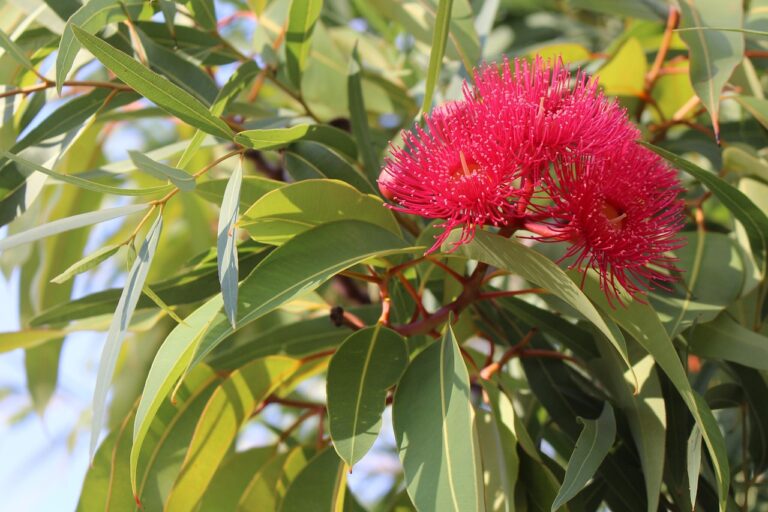
Eucalyptus
Eucalyptus has an intensely fresh, penetrating and balsamic aroma. Its unique fragrance combines menthol and camphor notes with a slightly sweet and woody undertone.
Verbena(Verbena officinalis) and lemon verbena(Aloysia citriodora) have been valued since ancient times for their calming and purifying properties. In perfumery, verbena brings a sparkling and luminous touch, evoking summer and clean air. It is also used in digestive and relaxing infusions, and in natural cosmetics for its invigorating character.
Fresh, citrusy and slightly floral fragrance, with herbal nuances. A sparkling profile that evokes clean air and summer days.
Verbena officinalis (common verbena):
It is native to Europe and Western Asia.
It prefers temperate climates and adapts to dry or moderately humid soils.
It tolerates sun exposure well and can also grow in semi-shade.
It is found wild on roadsides, meadows and vacant lots.
Aloysia citriodora (lemon verbena, also called verbena):
It is native to South America (Peru, Chile, Argentina).
Introduced in Europe in the 18th century, today it is very common in Mediterranean regions.
It requires mild and sunny climates, sensitive to intense frosts.
It prefers well-drained soils and warm-dry or Mediterranean climates.
Verbena officinalis:
Common throughout Europe, from the Iberian Peninsula to Central Europe.
Also present in western Asia and in temperate regions of North America (introduced).
Aloysia citriodora (lemon verbena):
Cultivated in Mediterranean countries such as Spain, Italy, France, Greece.
Widely used in North Africa (Morocco, Algeria, Tunisia) in infusions and rituals.
Also cultivated in subtropical regions of America and Asia.
Aromatherapy: soothing, promotes relaxation and rest
Perfumery: brings fresh citrus notes in bright, summery fragrances
Cooking: used in desserts, infusions and flavored liquors.
Natural remedies: used in digestive and relaxing herbal teas. Its infusions are used to improve digestion and relieve gastric discomfort, as well as to promote relaxation and rest thanks to its mild soothing effects. It has also been used in poultices to reduce muscle and joint pain, and as an expectorant support for colds and coughs. In folk medicine, it was attributed benefits to regulate the menstrual cycle and alleviate its symptoms. Overall, it is considered a versatile plant, associated with digestive, nervous and respiratory well-being.
Natural cosmetics: added to oils and toning creams to revitalize the skin
Share:

Eucalyptus has an intensely fresh, penetrating and balsamic aroma. Its unique fragrance combines menthol and camphor notes with a slightly sweet and woody undertone.

Damask rose offers one of the most emblematic and appreciated scents in the world of perfumery. Its fragrance is deeply floral, velvety and complex, with sweet, spicy and slightly citrus nuances.